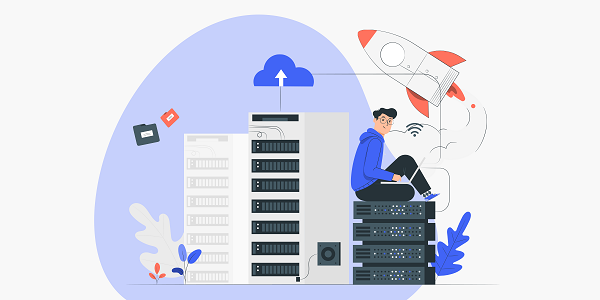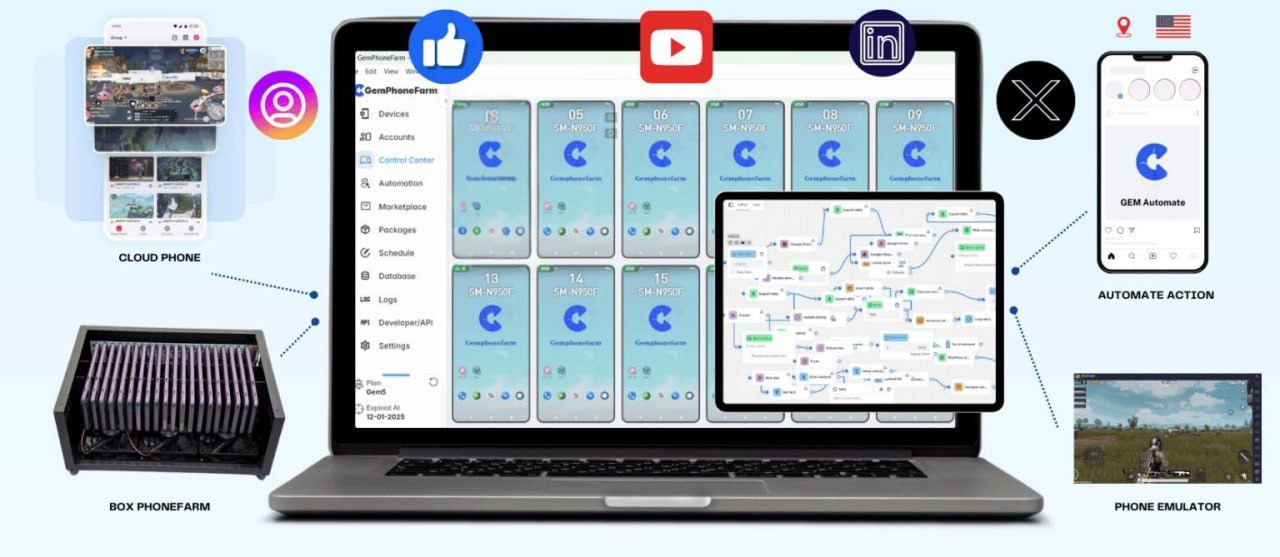Residential Proxies
Allowlisted 200M+ IPs from real ISP. Managed/obtained proxies via dashboard.

Proxies
Residential Proxies
Allowlisted 200M+ IPs from real ISP. Managed/obtained proxies via dashboard.
Residential (Socks5) Proxies
Over 200 million real IPs in 190+ locations,
Unlimited Residential Proxies
Use stable, fast, and furious 700K+ datacenter IPs worldwide.
Static Residential proxies
Long-lasting dedicated proxy, non-rotating residential proxy
Dedicated Datacenter Proxies
Use stable, fast, and furious 700K+ datacenter IPs worldwide.
Mobile Proxies
Dive into a 10M+ ethically-sourced mobile lP pool with 160+ locations and 700+ ASNs.

Web Unblocker
View content as a real user with the help of ABC proxy's dynamic fingerprinting technology.
Proxies
API
Proxy list is generated through an API link and applied to compatible programs after whitelist IP authorization
User+Pass Auth
Create credential freely and use rotating proxies on any device or software without allowlisting IP
Proxy Manager
Manage all proxies using APM interface

Proxies
Residential Proxies
Allowlisted 200M+ IPs from real ISP. Managed/obtained proxies via dashboard.
Starts from
$0.77/ GB
Residential (Socks5) Proxies
Over 200 million real IPs in 190+ locations,
Starts from
$0.045/ IP
Unlimited Residential Proxies
Use stable, fast, and furious 700K+ datacenter IPs worldwide.
Starts from
$79/ Day
Rotating ISP Proxies
ABCProxy's Rotating ISP Proxies guarantee long session time.
Starts from
$0.77/ GB
Static Residential proxies
Long-lasting dedicated proxy, non-rotating residential proxy
Starts from
$5/MONTH
Dedicated Datacenter Proxies
Use stable, fast, and furious 700K+ datacenter IPs worldwide.
Starts from
$4.5/MONTH
Mobile Proxies
Allowlisted 200M+ IPs from real ISP. Managed/obtained proxies via dashboard.
Starts from
$1.2/ GB
Knowledge Base
English
繁體中文
Русский
Indonesia
Português
Español
بالعربية


This article deeply analyzes the core features and applicable scenarios of the cheapest data center proxy, explores its technical implementation principles and cost control logic, and provides key evaluation dimensions and pitfall avoidance guidelines when choosing a low-cost proxy.
1. Definition and technical characteristics of the cheapest data center proxy
definition:
The cheapest data center proxy refers to the cost-effective IP resources provided by large-scale data center clusters. The cost of a single IP is usually less than $0.1/GB. Its core features include:
IP source: Centrally allocated by hyperscale data centers (such as AWS, Google Cloud and other infrastructure)
Anonymity level: Basic anonymity (easily identified as a proxy IP by the target website)
Protocol support: generally supports HTTP(S)/SOCKS5 protocol, with concurrent connections of up to 500+
Cost control logic:
Scale effect: Top suppliers dilute infrastructure costs through million-level IP pools
Dynamic multiplexing: Intelligent routing technology is used to achieve cross-user sharing of IP resources
Automated operation and maintenance: Use AI algorithms to automatically remove low-quality nodes and reduce manual maintenance costs
2. The four core values of the cheapest data center proxy
1. Extreme cost advantage
The price can be as low as 1/10 of the residential proxy (for example, the residential proxy of a certain platform is $1.5/GB, while the data center proxy is only $0.1/GB)
Supports flexible billing based on traffic/bandwidth, suitable for budget-sensitive businesses
2. High-performance network architecture
The peak bandwidth of a single IP can reach 1Gbps, which is suitable for large-scale concurrent request scenarios (such as price monitoring and inventory tracking)
Network latency is generally <50ms (residential proxy is usually >200ms)
3. Rapid deployment capability
Provide standardized API interface to complete proxy integration within 5 minutes
Support mainstream development language SDK (Python/Java/Go, etc.)
4. Risk isolation features
Physically isolated from the main business server to prevent the real business IP from being blocked
Support IP whitelist binding to prevent unauthorized access
3. Applicable Scenarios and Limitations Analysis
Recommended scenarios:
High-frequency data collection: public data collection with low anonymity requirements (such as weather information, news aggregation)
SEO monitoring: batch query search engine rankings, average daily request volume > 100,000 times
Load testing: Simulate high concurrent access to stress test the website's carrying capacity
Ad delivery verification: basic level ad display region detection
Restrictions on Use:
Not suitable for scenarios that require high anonymity (such as social media account registration)
If the target website deploys advanced anti-crawling systems (such as Akamai/Bot Manager), the blocking rate may be greater than 30%.
4. Five key indicators for selecting low-cost data center proxy
1. IP pool size and update frequency
High-quality suppliers should maintain a daily increase of 50,000+ IPs and a elimination rate of <10%
Detection method: Request the same target website for 24 consecutive hours and observe the IP repetition rate
2. Geographical coverage density
Basic requirements: Cover the world's top 20 economies (US/Germany/Japan/India, etc.)
Advanced requirements: Support city-level positioning (such as selecting Chicago instead of the entire United States)
3. Protocol compatibility
Must support SOCKS5 protocol (to solve the UDP protocol penetration problem)
Check whether the session persistence function is provided
4. Service reliability guarantee
SLA standard: Monthly availability ≥ 99.5%, fault response time < 15 minutes
Provide real-time dashboard to monitor IP health status
5. Hidden cost control
Confirm whether to charge initialization fee/API call fee/excess traffic surcharge
Compare the tiered pricing of different packages (e.g. 1TB of traffic is usually 40% cheaper than 100GB)
5. Cost optimization strategy and risk avoidance plan
1. Hybrid proxy architecture design
Use residential proxies for sensitive operations (such as login verification) and data center proxies for ordinary requests
Automatically assign proxy types through traffic scheduling systems (such as abcproxy's intelligent routing engine)
2. Intelligent IP rotation mechanism
Set the fault-tolerant logic for automatically switching IP when request fails
Dynamically adjust the IP switching frequency according to the anti-crawling strength of the target website (recommended 5-30 times/minute)
3. Protocol-level optimization techniques
Enable HTTP/2 protocol to reduce connection establishment overhead
Use gzip compression to reduce bandwidth consumption (can save 30% of traffic costs)
The cheapest data center proxy has achieved cost breakthroughs through technological innovation and economies of scale, but it needs to accurately match business scenarios to maximize its value. As a professional proxy IP service provider, abcproxy provides a variety of high-quality proxy IP products, including residential proxies, data center proxies, static ISP proxies, Socks5 proxies, and unlimited residential proxies, which are suitable for web acquisition, e-commerce, market research, social media marketing, website testing, public opinion monitoring, advertising verification, brand protection, and travel information aggregation. Our data center proxy solution maintains a 95%+ connection success rate and 7×24-hour technical support while guaranteeing an industry low price of $0.08/GB. If you are looking for a reliable proxy IP service, please visit the abcproxy official website for more details.
Featured Posts
Popular Products
Residential Proxies
Allowlisted 200M+ IPs from real ISP. Managed/obtained proxies via dashboard.
Residential (Socks5) Proxies
Over 200 million real IPs in 190+ locations,
Unlimited Residential Proxies
Use stable, fast, and furious 700K+ datacenter IPs worldwide.
Rotating ISP Proxies
ABCProxy's Rotating ISP Proxies guarantee long session time.
Residential (Socks5) Proxies
Long-lasting dedicated proxy, non-rotating residential proxy
Dedicated Datacenter Proxies
Use stable, fast, and furious 700K+ datacenter IPs worldwide.
Web Unblocker
View content as a real user with the help of ABC proxy's dynamic fingerprinting technology.
Related articles

2025 Easy-to-use Anti-detect Browser - BitBrowser
2025 Easy-to-use Anti-detect Browser - BitBrowser, ABCProxy

Unlock the Power of Genlogin with ABCproxy: A Game-Changing Combination
Looking for a reliable Genlogin service? ABCproxy has got you covered. Discover secure and seamless login solutions with Genlogin on ABCproxy for ultimate online protection. Safeguard your data with ease.

Unlock Untraceable Surfing: Gemlogin Antidetect Browser Boosted by ABC Proxy
Gemlogin Antidetect Browser With ABC Proxy provides advanced security features for online activities. Enjoy secure browsing with anonymity and protection. Safeguard your data with this powerful combination of features.